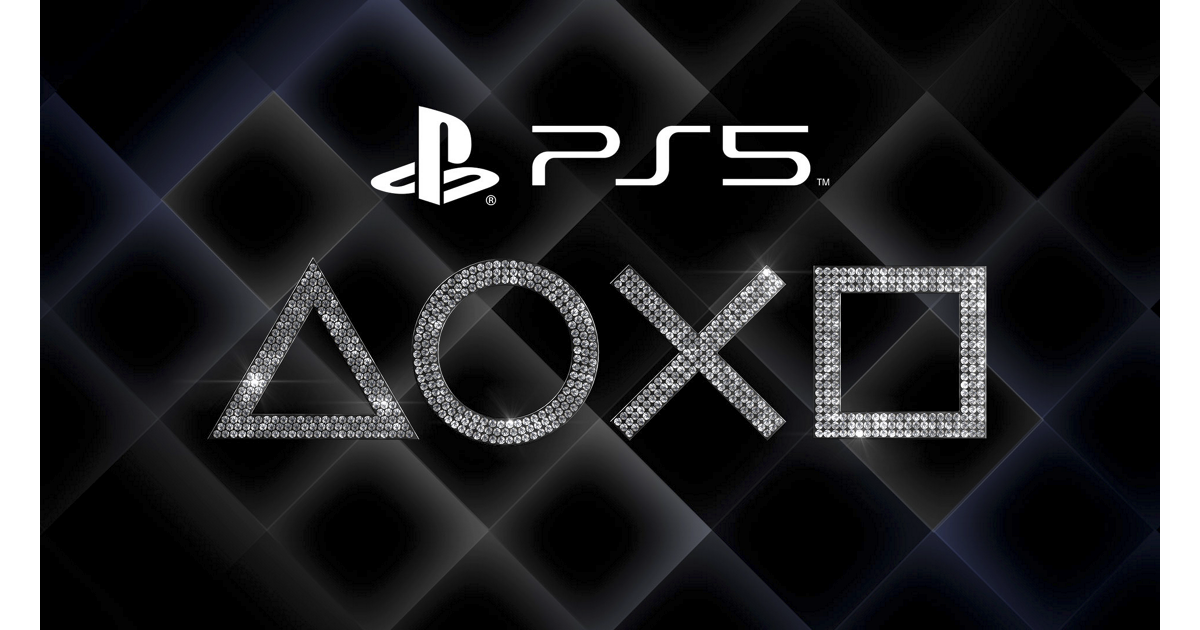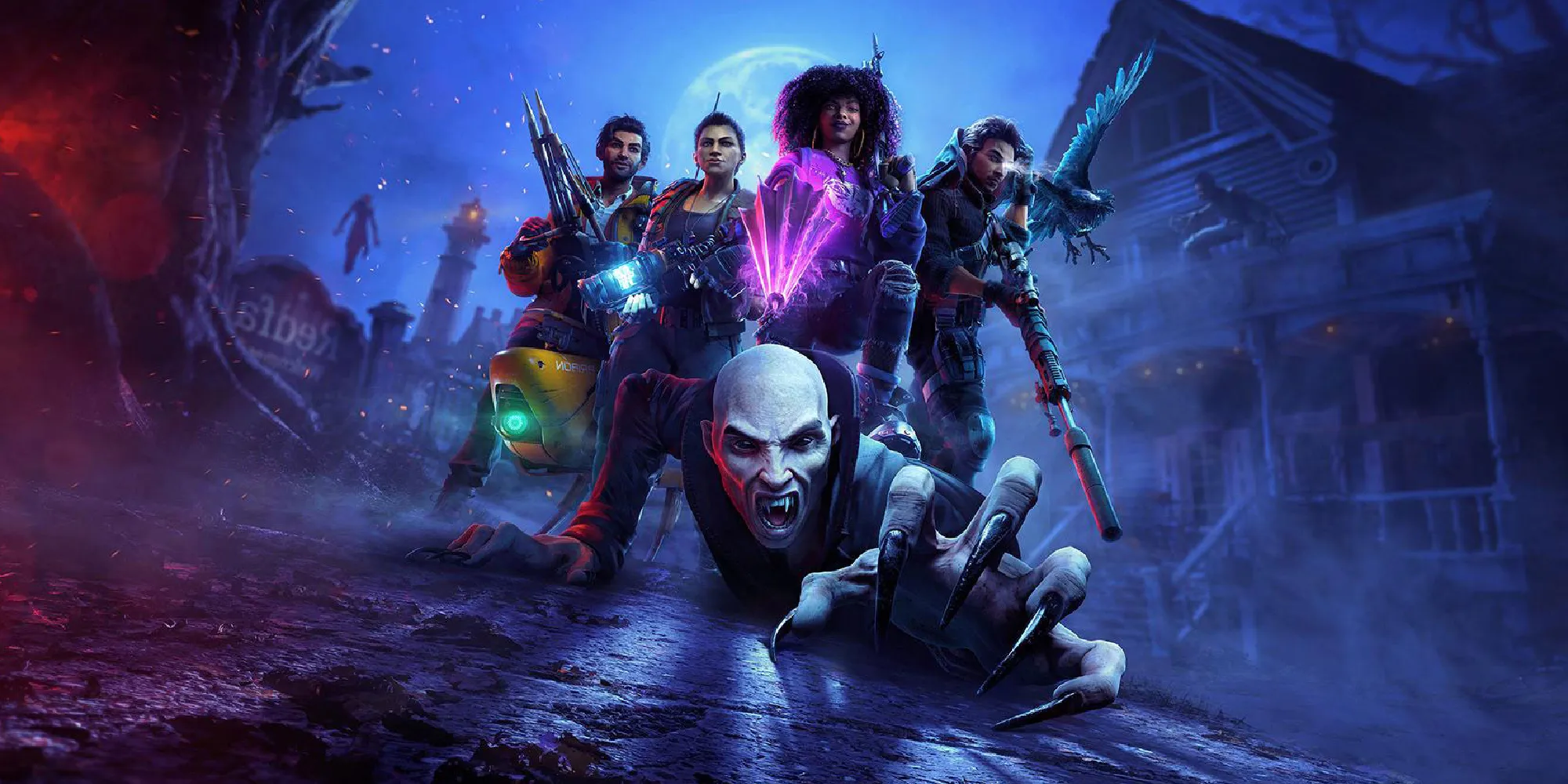As of today, October 3rd, 2022, the popular videogame known as Overwatch, which was initially released in 2016, shut down its servers, making the current game unplayable. The title’s somewhat anticipated sequel, Overwatch 2, is slated to release tomorrow.

This is, arguably, the strangest and perhaps the softest case of videogame preservation that has occurred recently but based on this specific title’s reputation, it’s still important that events like this in the gaming culture be known due to how they can lead to more ethically questionable actions by game companies when it comes to the treatment and status of past games amongst their seemingly endless catalogs.
Game preservation has been a hot topic in the sphere of game journalism for longer than I can remember. In the past and even today, cases of these issues are often of a game both being physically and digitally unobtainable, resulting in existing copies being highly sought after by collectors aiming to either preserve its condition and/or find ways to use the current technology to produce a playable version of a title on the internet through emulation until an official team can make one for commercial accessibility.

A major case, and one known to some, involves the 2001 horror game Silent Hill 2. The situation occurred when the source code for the game went missing unintentionally, making the game in its original form impossible to authentically reproduce for platforms other than the ones already established. Original copies of this game for the Playstation 2 can be upwards and beyond the price of $100, depending on the condition. Ports have since been attempted, but the graphical quality remains to be superior on original systems to this day, but efforts are still being made by those fans who are capable.
One thing that needs to be discussed before bringing up modern and more common game-preservation issues is the topic of ethical concern of making existing games unplayable. On one end of this spectrum, you have a group of consumers that have spent a price (ranging up to $60, sometimes more) for a working product, and that product is functional up to a certain point where either the developer or the publisher deems the product’s upkeep as a financial loss (assuming the product is an online-only game, requiring the upkeep of servers). To the company, they might have saved a bunch of money by focusing their teams on other projects, and stopping efforts to keep their online product alive for a smaller number of current players. But for the consumer, a game that they once spent $60 on and might have really enjoyed at one point, is now unplayable and inaccessible, and if they had spent any money within that game for whatever unlocks or features that game might have had, that content and money is now lost too.
It’s easy to see both sides as being a reasonable argument for either case, but one view I always see on the right is the one that strives for the protection of pieces of art that is the result of years of developers’ hard work to produce being abandoned and in turn permanently unexperienced for the rest of time. What’s arguably more important than the disappointing loss of one’s financial investment for a game, is a person’s investment of creativity, passion, and in all cases, labor and effort to be thrown out the window, all for a company to save resources to produce a new title that is at potential risk for the same treatment.
In my next blog, I’ll showcase some more recent titles and companies that have undergone this practice since this is long enough already.

